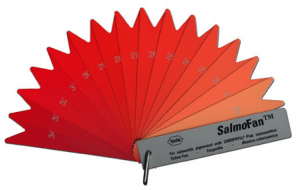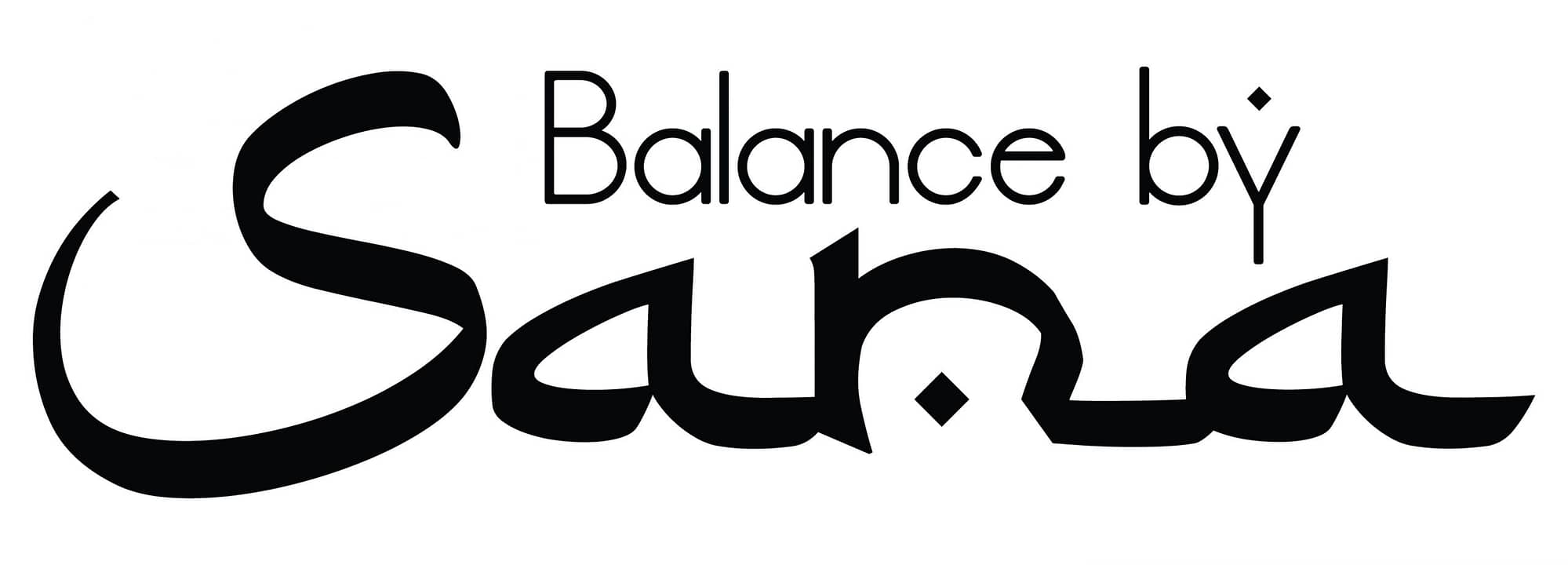The reasons behind the danger of eating farmed fish compare to wild sustained fish and how to source the best ones.
Fish can either be one of the best foods for you or verminous to your health all depends on where it’s sourced from. There is a huge difference between a fish that is caught in the wild as opposed to what restaurants call “wild” and farmed fish….
Majority of the seafood we consumes today comes from fish farming an industry the size of $78 billion and growing. The reason for Fish farming is to create a much larger amount of fish much more quickly and cheaply (1). The most common farmed fish are: salmon, tilapia, catfish, sea bass and cod.
Fish farming exists 2000 Bc but the problem started in modern fish farming with greed. Of course culturing thousands of fish in tiny pens affects the quality of the fish and raises the alarm for far more dangerous issues. Here are the reasons why you should avoid farmed fish at any price:
1- Have 7 times the levels of PCB’s as wild salmon:
PCBs (polychlorinated biphenyl) are industrial pollutants in fresh waters and oceans being absorbed by aquatic wildlife. (2)
PCBs are potential human carcinogens, and known to promote cancer in animals also being linked to Type 2 diabetes, obesity and certain types increase the risk of stroke in women. Other potential health effects include the reproductive, nervous, and immune systems plus impaired memory and learning. (4, 2)
Recent studies have concluded that eating tilapia may worsen inflammation that can lead to heart disease, arthritis, asthma and a world of other serious health problems.
2- Have 30 times the number of sea lice:
Sea lice are planktonic marine parasites which feed on fish. The sea lice attach themselves to the outside of a fish and feed on its mucous, blood, and skin. When thousands of fish are crowded together in a small area, sea lice, and other diseases can easily spread from fish to another. (11,12)
3- Have less omega 3’s due to lack of wild diet:
Omega 3 is 50% less in farmed fish due to their feeds and are more likely to have protein and oils derived from grains and oilseeds (like soybeans and canola)
Wild salmon Omega 3 concentrations are high due to their free roaming and feeding in open water.
4- Are crowded into small areas inhibiting movement, and causing disease:
Research has shown that, like birds and mammals, fish feel pain and stress. The practices of raising fish in extremely confined environments, and killing them in painful ways like evisceration, starvation or asphyxiation must therefore be regarded as inhumane (5/6).
5- Are fed chemicals to give them colour.

Wild salmon mostly feeds on the toxin-free krill, giving them their rich red color.
Hence 95 percent of the Atlantic salmon sold in stores is farm-raised, and that the vast majority of it is artificially dyed to look more similar to wild salmon. Pharmaceutical giant Hoffman-La Roche is a major producers of pink dyes specifically used in farmed salmon pellets, also known as processed salmon food, which obviously turns salmon flesh more pink. (7)
The synthetic color chemical known as “Carophyll” that is designed to look like astaxanthin ( the natural salmon antioxidant) and other natural salmon colorings.
Hoffman-La Roche and others actually have a salmon color chart known as “SalmoFan” that allows salmon farmers to pick the shade of pink they want added to their salmon food, much in the same way that one would pick a wall paint colour at the hardware store. (8,3)
6- Are fed unnatural diet:
Farm-fed fish diet mainly made from pellets of chicken feces, pig by-products, corn meal, soy, genetically modified canola oil and other fish containing concentrations of toxins
7- Antibiotics use:
Because farmed fish are raised on unnatural diets and in small pens they often breed disease. However, they are administered antibiotics at higher levels than any other livestock. Those antibiotics are passed on to the consumer, making us more antibiotic resistant. (10)
Best and safest way to choosing fish
90-95 percent of salmon is farmed, this includes restaurants, yet may be mis-listed on the menu as “wild” .purchasing wild-caught seafood instead of farmed is important for our health and also for the protection of oceans and environment.
Following are some tips to help you buy your fish or make a choice at restaurants
Selenium and Mercury
We should not have any concerns about mercury, since sea food has high levels of selenium. A known fact that mercury is only a concern if there is not selenium present in the fish.
Dr. Christopher Shade, confirmed that this is not the case. He verified that “those who are deficient in selenium will be more susceptible to mercury toxicity; however, having good selenium levels doesn’t prevent someone from getting mercury toxicity from seafood. Nor does the selenium in seafood bind the mercury and therefore prevent us from absorbing the toxic metal”. (5)
The best way the body rids itself of mercury is via glutathione. therefore it’s important to consume sulfur containing vegetables like onions and brassicas, and vitamin C.
Making the choice
Fish are an excellent natural source of Omega-3s, but there is a wide range of levels depending on the fish. When choosing seafood, it helps to know which fish have the highest levels of these beneficial fats. Here are a few tips to help you making the choice:
1- Seafood can be a more expensive protein source, especially when choosing wild-caught options, but inexpensive, low-mercury and non-farmed canned sardines can fit into almost any budget.
2- Canned salmon labeled “Alaskan Salmon” is a good bet, as Alaskan salmon is not permitted to be farmed.
3- In restaurants, salmon described as “wild” is not “wild Alaskan.” The term “wild” more often misused and also because authentic “wild Alaskan” is easy to trace.
4- Whether you’re in a grocery store or a restaurant, ask where the fish is from. If it’s wild, it will cost more, so they’re likely know where it came from. If they don’t have an answer for you, it’s farmed.
5- Avoid Atlantic salmon, as typically salmon labeled “Atlantic Salmon” currently comes from fish farms.
6- Sockeye salmon cannot be farmed, so if you find sockeye salmon, it’s wild without fail. You can tell sockeye salmon from other salmon by its color. It’s bright red compared to pale pink because of its superior astaxanthin content (the natural salmon antioxidant) which is the highest concentrations of astaxanthin of any food known.
Sources
1- https://www.sustainableseafoodcoalition.org
2- http://www.med.umich.edu/umim/food-pyramid/fish.html
3- https://health.clevelandclinic.org/2014/03/fish-faceoff-wild-salmon-vs-farmed-salmon/
4-http://www.nytimes.com/2011/05/02/science/earth/02tilapia.html
5-https://www.researchgate.net/publication/10698966_Do_Fish_have_Nociceptors_Evidence_for_the_Evolution_of_a_Vertebrate_Sensory_System
6- http://articles.mercola.com/sites/articles/archive/2013/12/21/9-farmed-fish-facts.aspx
7- http://www.naturalnews.com/Files/Astaxanthin.pdf
8- http://www.pewtrusts.org/en/archived-projects/salmon-aquaculture-reform-campaign
9- http://www.rendermagazine.com/articles/2013-issues/april-2013/eu-clears-use/
10- https://well.blogs.nytimes.com/2014/12/18/ask-well-wild-fish-vs-farmed-fish/?_r=0
11- http://www.motherjones.com/tom-philpott/2011/09/sea-lice-farmed-salmon-pesticide
12-https://wellnessmama.com/105599/problems-with-fish-farming/
13- http://articles.mercola.com/sites/articles/archive/2013/12/21/9-farmed-fish-facts.aspx

